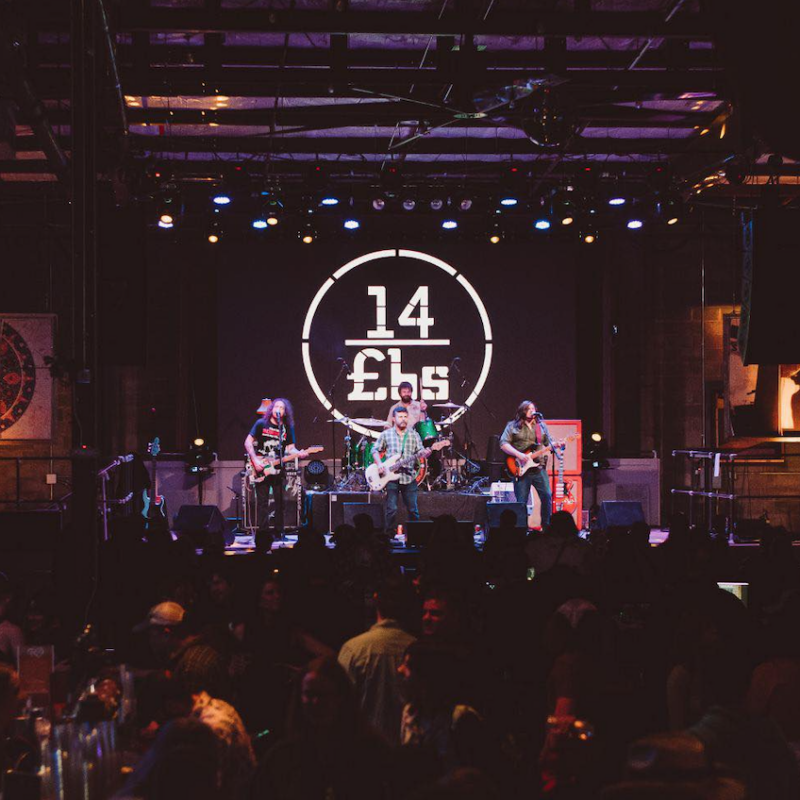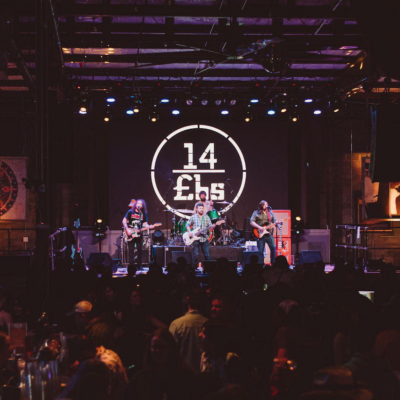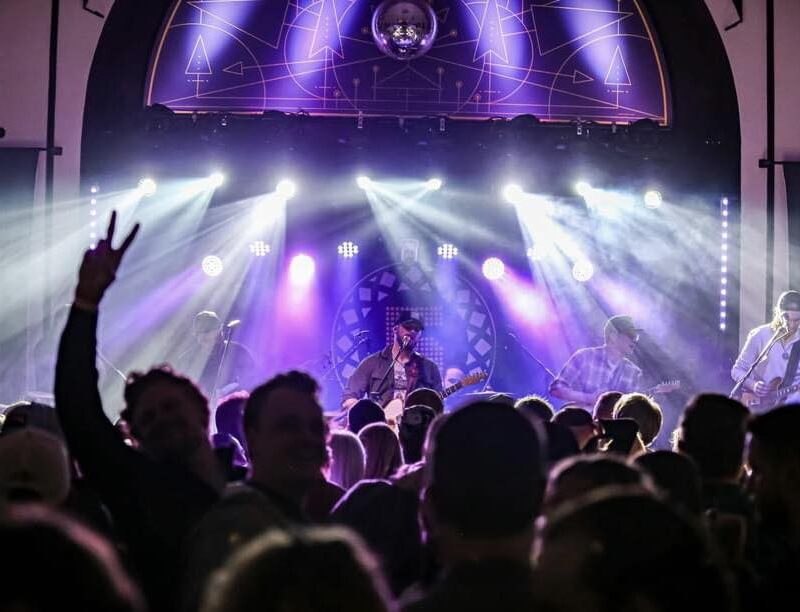Before Youth in Revolt became a movie, it was the first book in C.D. Payne’s popular six-novel series, known collectively as The Journals of Nick Twisp. Its partisans likely will find the film disappointing, but the rest of us should have a good time.
|

Rebel without a clue: Michael Cera plays up his mean streak in Youth in Revolt.
|
As adapted by Gustin Nash (Charlie Bartlett) and directed by Miguel Arteta (Chuck & Buck), this Revolt seems at once an old-fashioned picaresque, in which a teenager’s intense summer vacation romance drives him to episodic rascality, and the faddish epitome of perk ’n’ quirk packaging, whose animated interludes and indie-pop soundtrack call to mind the Michael Cera-intensive Paper Heart and Juno.
Cera as Nick Twisp—a cerebral, self-involved, hormone-addled outcast, capable of refined cultural tastes and intense romantic fixations—seems like a casting no-brainer. Technically he’s too old for this part, but it’s easy to give him a pass because he’s him.
Having endured the break-up of his frivolously trashy parents (Jean Smart, Steve Buscemi) and their subsequent, variously abhorrent recouplings (involving Zach Galifianakis, Ari Graynor, Ray Liotta), young Nick feels angsty and sexually bereft. Through an auspicious getaway from his suburban Bay Area home to a backwoods trailer park, he meets an alluringly sphinx-like siren named Sheeni Saunders (Portia Doubleday), who shares his pretentious interests and goads his ardor.
“I have decided to create a supplementary persona named Francois Dillinger,” he’s telling us in a voiceover before long. “Bold, contemptuous of authority and irresistible to women.” This havoc-wreaking alter ego, played also by Cera but now in shades and loafers and a pencil mustache, becomes a droll parody of familiar adolescent cynicism.
Cars get stolen and smashed, drugs consumed, genders bent. People get hurt, Justin Long gets baked, Fred Willard gets naked. And Sheeni’s Bible-thumper parents (Mary Kay Place and M. Emmet Walsh) get very offended.
It’s odd and fun watching Cera dip into this peculiar range of voguish deadpan profanity. Galifianakis has paved a way into the territory for us, but his presence can be distancing. Cera, on the other hand, seems like a confidant. How charmingly he delineates his character’s urge to be so worldly and adult-like, even when confronted with overwhelming evidence that most adults are uncivilized schnooks. Of course, it raises the fear that he’ll just keep doing a Michael Cera routine until one day suddenly he has turned undeniably old, and all that nonthreatening asexual innocence somehow has become a horror of bitter schmaltz and lechery.
But not yet. So far we’re OK. Youth in Revolt gives us another angle on Cera’s blithe timidity. It allows him to play the straight man to himself. Maybe the real reason that a filmed version of the book never quite happened before (small-screen tries were made for Fox in 1996 and for MTV in 1998) is that it was waiting for now, and for him.






